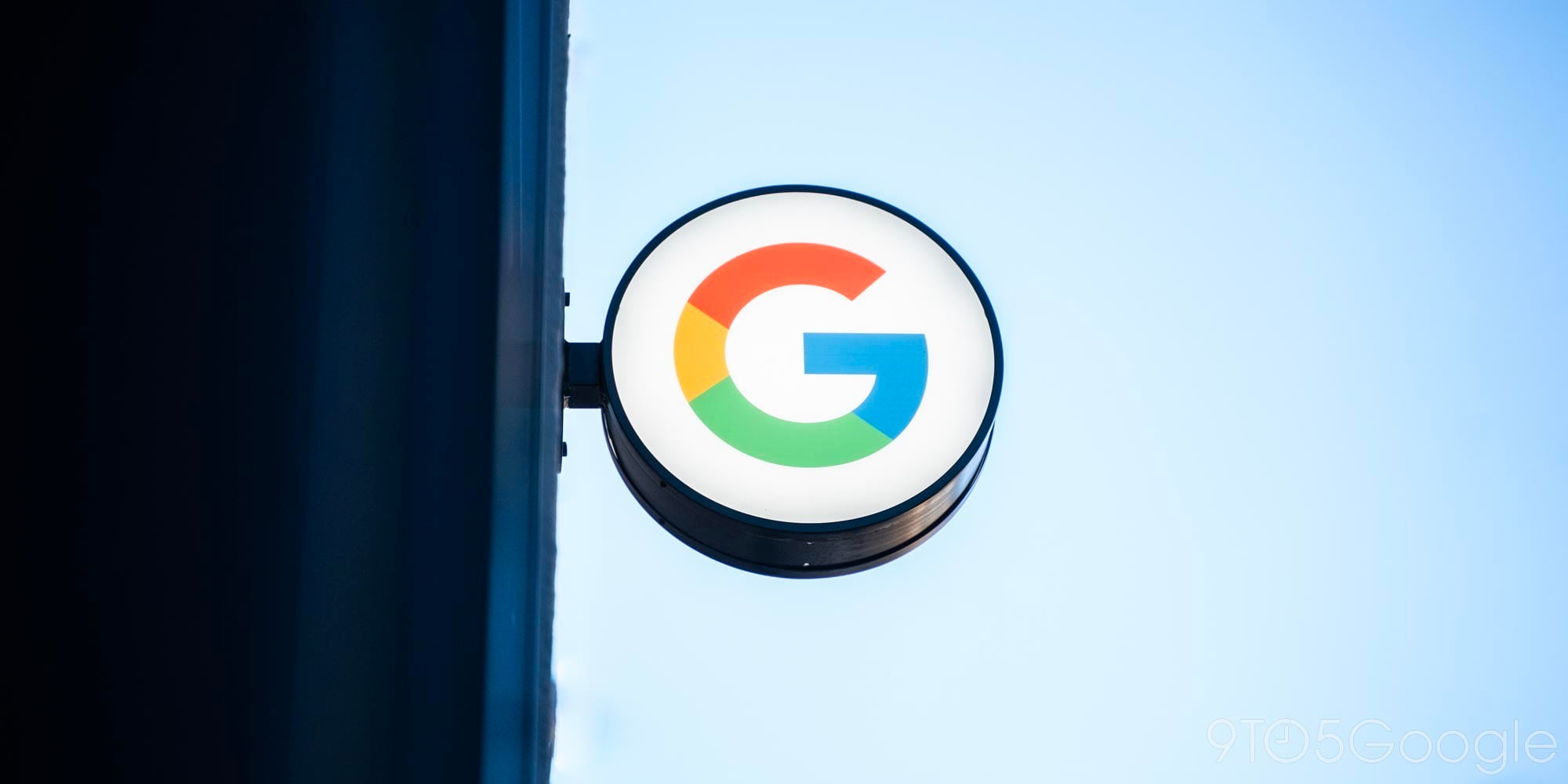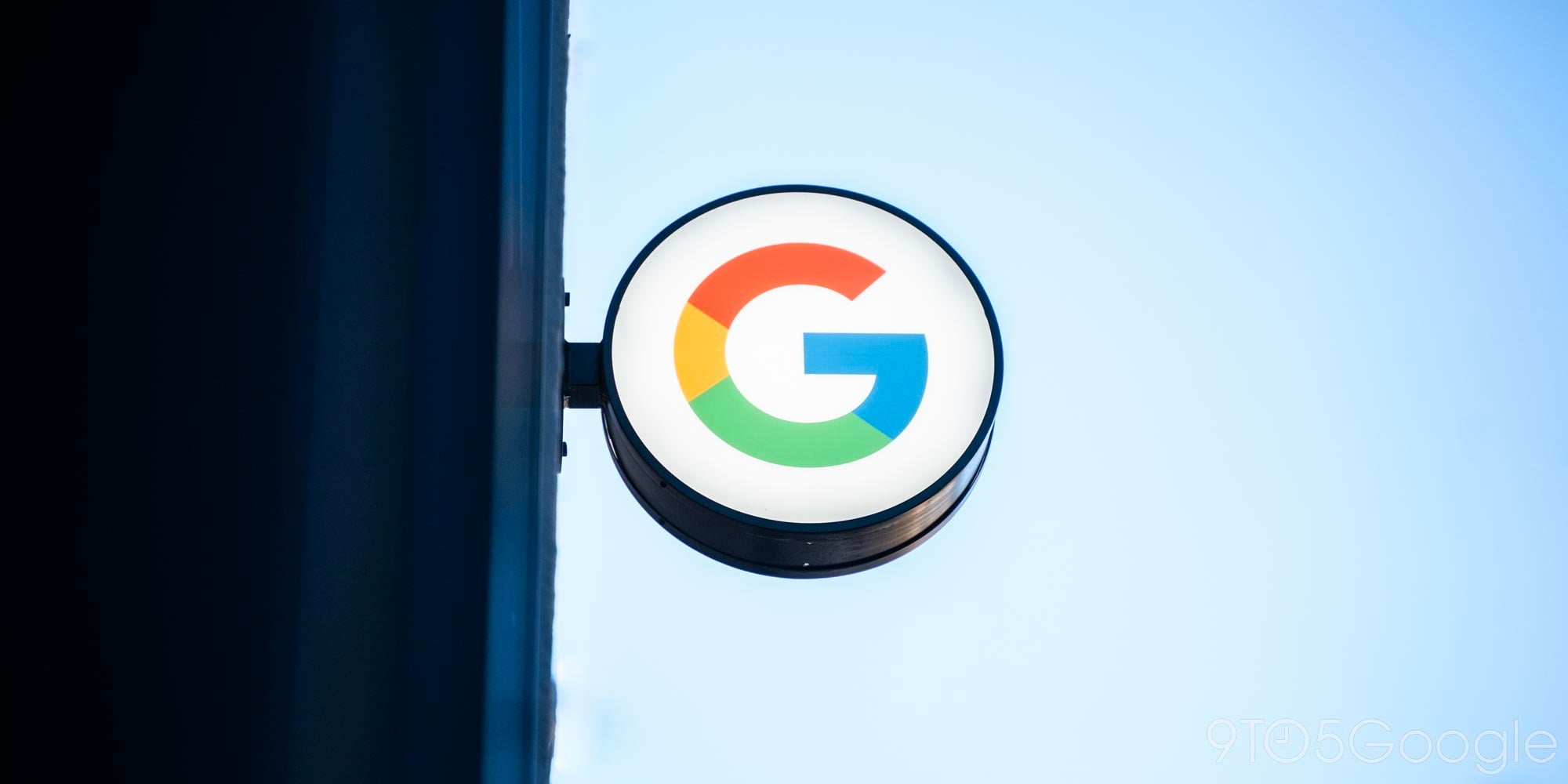
The Huawei Mate 30 Pro is already facing an uphill struggle, despite having stellar hardware and exciting features that you likely won’t find anywhere else. Despite the potential stumbling blocks, we’ve been at the Munich launch event to give you our hands-on impressions of the Mate 30 Pro.
Of course, the Mate 30 Pro is the first flagship from Huawei to be officially be omitted from Google’s Android ecosystem. This is still an Android-powered phone, but without direct access to Google Play Services and Google apps at the point of sale. Because of this, it becomes so, so hard to recommend, even despite having a truly enticing package.
I’d go so far as to say that at least on paper, the Huawei Mate 30 Pro could have been a contender for smartphone of the year. Instead, it finds itself in a “no man’s land” where only the hardcore fans of Huawei and with the technical know-how will consider it as their next purchase.
So, with that said, we’ve gone hands-on with the Mate 30 Pro to better understand just what a lack of Google Play Services actually means for this flagship.
Subscribe to the official 9to5Google YouTube channel
Hardware and design

The design is one area in which Huawei has attempted to push their own boundaries. Firstly, the introduction of a “horizon” display is one that definitely catches the eye, but you can already see polarizing fans and potential buyers alike.
With the display wrapping right around the edges, there is a distinct lack of bezel to get your fingers gripped around. To accommodate the almost 90-degree curves, there is an edge that I’m sure some would consider “sharp.” The upper left of my review unit also has a bit of an “edge,” where the display seals around the top metal bezel. I can deal with it, but will definitely get a case to soften out the sides.
There is only one physical button as a result of this uber curve. You’ll find a sleep-wake button but no volume rocker. Instead, you need to double-tap that edge display in a small section above the power button and then drag up or down to increase or decrease volume accordingly. This proves to be quite irritating when a button would have done a better job.
I am also not so sure why Huawei has lowered the screen resolution from QHD+ to FHD+, but if you told me this was a QHD+ display, I’d have to say that I would believe it. It’s crisp and incredibly clear even in bright lighting. My biggest problem is display smudges and fingerprints — I’m not even sure if you’ll be able to get a decent screen protector to cover the edges.
Having no side bezels but a sizeable notch doesn’t make much sense to me from a design perspective. But at least the notch does house some decent 3D face-scanning tech — which in some ways justifies the inclusion.
At the rear, the circular camera module is just a refinement of the stove-top design found on the Mate 20 Pro. I don’t mind this new trend. For starters, it’s in a central position, and the under-glass etched design is going to definitely turn heads. Overall the entire package has a familiar Mate-line feel and usability concerns aside, looks and feels simply stunning.
Software and performance

So, as expected, the hardware is exceptional. Now, the software is where the problems obviously arise. The Huawei Mate 30 Pro comes with Android 10 with the EMUI 10 skin atop. The difference here is that this is based upon the AOSP version of Android 10, and has all Google Play Service frameworks removed from the get-go.
Despite that, you’ll have the same “core” experience in the way you use the phone, but without your favorite apps preinstalled and accessible right out of the box. This is easy enough to remedy, as the process of installing Google apps takes less than five minutes — check out our guide here.
While it’s very easy to get Google Play Store access, it’s not exactly the most intuitive way for non-tech people, and a reason that we’re sure many might avoid the Mate 30 Pro altogether. That said, the entire experience even without the Play Store is incredibly slick and smooth, thanks to the stacked internals.
My Chinese review model does come with the slightly less powerful 4G Kirin 990 chipset, but boy, does it power through everything with aplomb. I would have loved to have given the 5G model a trial but, sadly, that option is not available — yet.
The Kirin 990 doesn’t show any signs of slowdown with even the most intense tasks. There are new gaming enhancements, but we’ll delve more into this in a full review. Rendering the super slow-mo camera footage is about the slowest process I’ve seen on this true flagship device.
As far as performance goes, the Huawei Mate 30 Pro is a proper powerhouse and will no doubt be near the top of leaderboards in just about every department.
Camera

You simply cannot level much criticism at Huawei for their camera hardware. There is no doubt that they have helped push the smartphone industry forward by adding in what I would consider “brute force” camera hardware. Slap in a camera with a high megapixel count, bigger sensor, and then give buyers as many focal length options in one package.
EMUI 10 has tweaked the usability experience for the better, but the raw specifications of the camera setup almost guarantee high-quality results — which the Mate 30 Pro duly delivers.
I, like many of you, love having options when taking photos, and I love having such a versatile setup for every scenario. Low-light, long-distance, and anything in between is there for the taking with the quad-camera array.
Stills are stellar, but I prefer the out-of-camera colors you get from the iPhone and Pixel. It’s not an issue as you can make tweaks. It also helps that pictures are sharp, include nuance and the extra little details that really put the Mate 30 Pro up there with the very best in the industry.
It’s in the video modes that I feel the Mate 30 Pro improves the most. For those thinking that the 7,680 fps slow-mo mode is a gimmick, I too thought the same, and now I am a convert. It can turn a two-second clip into 35 seconds of pure action. Although, yes, you might not use it all that often, it really is a showstopping addition.
The #Mate30Pro 7680fps slow motion mode is mad pic.twitter.com/1tXEBf8zxs
— Damien Wilde (@iamdamienwilde) September 23, 2019
Being able to finally record in 4K at 60fps is a massive addition for fans of Huawei smartphones. Any footage you capture looks nice and smooth, but does deteriorate a little when you switch lenses. We’ve not had quite enough time to delve into the video modes, but it looks to be one of the very best smartphone video setups out there.
Initial verdict
There is no denying the sheer quality of the Huawei Mate 30 Pro, even after only having a few days of hands-on time. While I prefer a flat display, the curved edges are very comfortable and it looks stunning in the hand.
Not having access to Google Play Services officially is a big problem. Yes, we can sideload them with relative ease, and the phone currently comes with the latest version of Android, but the future is still unclear.
The US trade war roadblocks are crippling what could be one of the best phones of the year and, to me, that is quite sad. It’s because of these outside influences, at least at this early hands-on stage, the Mate 30 Pro feels like a bittersweet device that has the world at its feet but potentially no stage on which to perform.
Naturally, we’ll delve in further over the coming weeks ahead of our full review. If you have any questions, concerns, or thoughts, let us know in the comments section below.
More on Huawei:
- [Update: Nope] Huawei confirms bootloader unlock for Mate 30 Pro
- This is how easy it is to get Google apps on the Huawei Mate 30 Pro [Video]
- Huawei Mate 30 Pro goes official w/ no Google apps, ‘horizon’ display
FTC: We use income earning auto affiliate links. More.








Comments